podiatrist issaquah
Displaying items by tag: podiatrist issaquah
Dr. Timothy Young Talks About Using Tylenol After Bunion Surgery or Foot Surgery

Don’t forget that if you take narcotic pain medication, it may have Tylenol in it. Medication such as Percocet and Vicodin may have Tylenol in it and there’s a maximum daily dose of Tylenol, approximately 3000 mg per day. This is why it’s important to keep a log of your medications. If you’re not comfortable with this then make sure to ask your doctor for narcotic pain medication that is a stand-alone item such as pure oxycodone instead of Percocet.
It’s recommended to have a family member help you keep track of these pain medications with a log. Set your clock or phone so that you have a schedule because you want to stay on top of the pain.
If you are experiencing foot or ankle pain, give us a call today at 425-391-8666 or make an appointment online.
Dr. Timothy Young Talks About Post-op Foot Surgery Tips
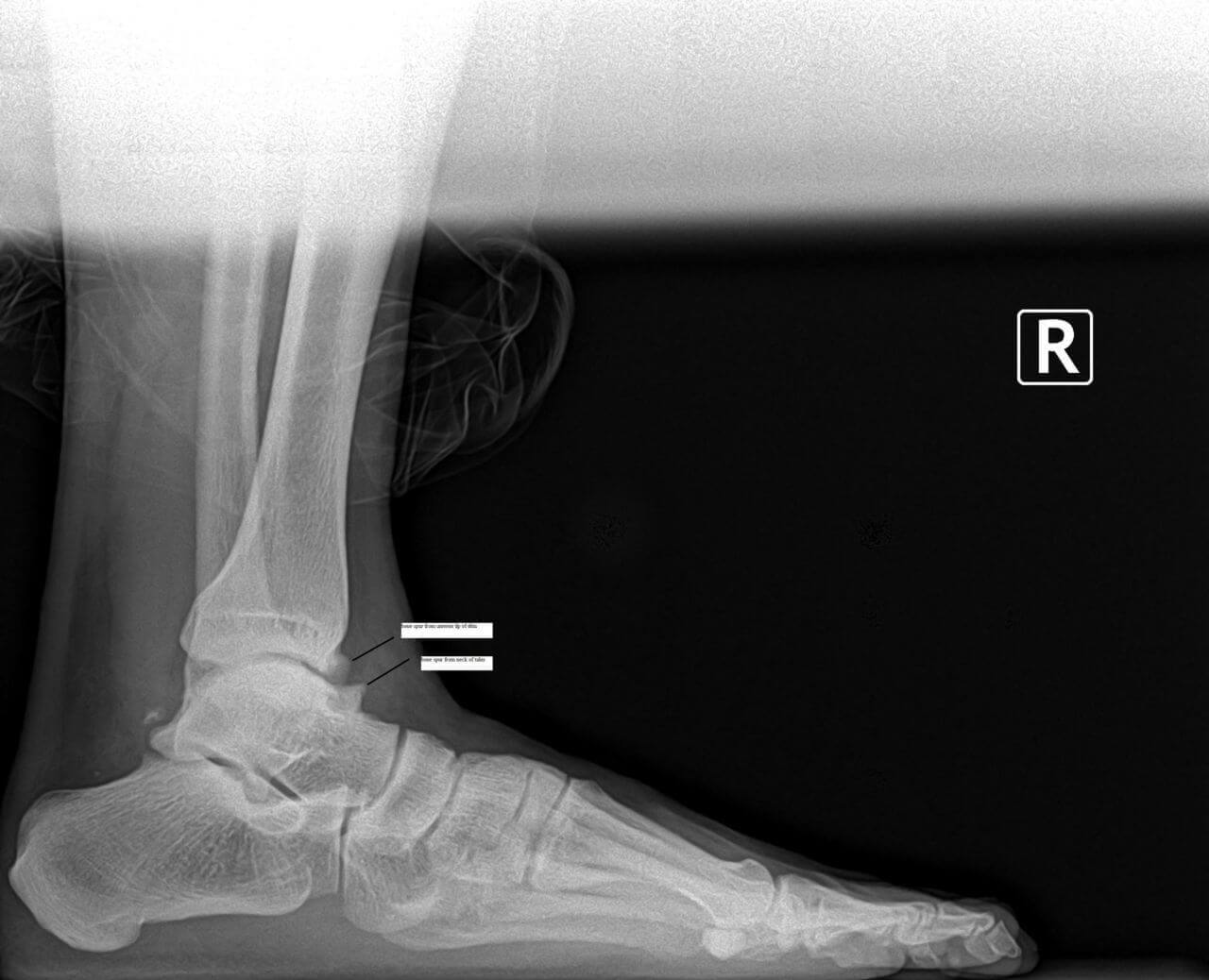
We’ve discussed many of the things that need to be considered after foot surgery, including bunion surgery. One thing to think about is simple meal planning and getting groceries.
There are options such as planning all your foods and meals ahead of time. Try getting premade meals such as at Costco and keep them in the freezer so you can just put them in the oven and not have to prepare a full meal. Other options could include Uber eats or having a family member pick up other food to go. You can always ask a family member to make a meal for you also.
Don’t forget that many grocery stores have delivery options also. Amazon fresh is yet one more option.
Planning your meals ahead of time will really pay off later when you are recuperating from foot surgery!
If you are experiencing foot or ankle pain, please give us call today at 425-391-8666 or make an appointment online.
Dr. Brandon Nelson Discusses What Foods to Avoid With Gout
It is advisable to avoid especially sugary drinks and candies, however naturally occurring sugars found improvement but still usually have significant effect. In addition we know that processed foods as well can have an increased effect and uric acid production. Other foods that should be avoided include red meat, organs and wild game. In addition some fish like Salmon and Tuna should be limited as well. Alcohol consumption has a long-standing association with causing significant gouty attacks. Vegetables are generally considered safe. If you are suffering from big toe pain, swelling and redness we at Issaquah Foot and Ankle Specialists can help.
Give us a call today at 425-391-8666 or make an appointment online today.
Dr. Timothy Young Talks About Post Op Hallux Valgus or Bunion Surgery, Narcotics Problems
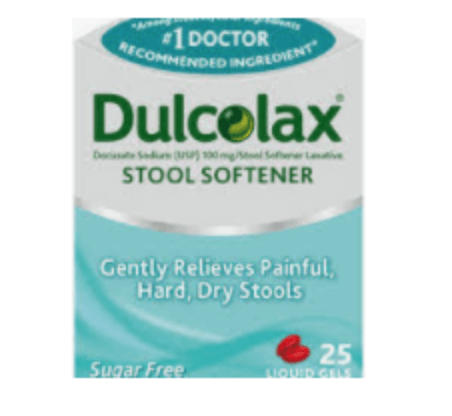
We have discussed many things to consider after foot surgery in the previous post. There are several other things of course to think about with narcotic pain medication. Number one is to respect the potential for narcotic addiction. As soon as your pain is much reduced, you should stop taking your narcotic pain meds. You have to plan on meals and food. Remember to take narcotic pain meds with food. Make sure you drink plenty of water. It’s also good idea to plan on taking a stool softener so that you don’t get constipated with a narcotic pain medication such as docusate (Colace). A fiber laxative may also be helpful. Buy the stool softener before your surgery so you are prepared. If things get too far along don’t forget to take a suppository as another option. The most critical thing is that you need to make sure that you have bowel movements daily and you don’t get behind on this. You should keep track of your bowel movements along with your narcotic and post op medication log. ust add the info to your medication log.
If you have questions about hallux valgus bunion surgery or bunion correction, please let us know if you would like a consultation. Give us a call today at 425-391-8666 or make an appointment online.
Dr. Brandon Nelson Discusses a Torn Plantar Fascia
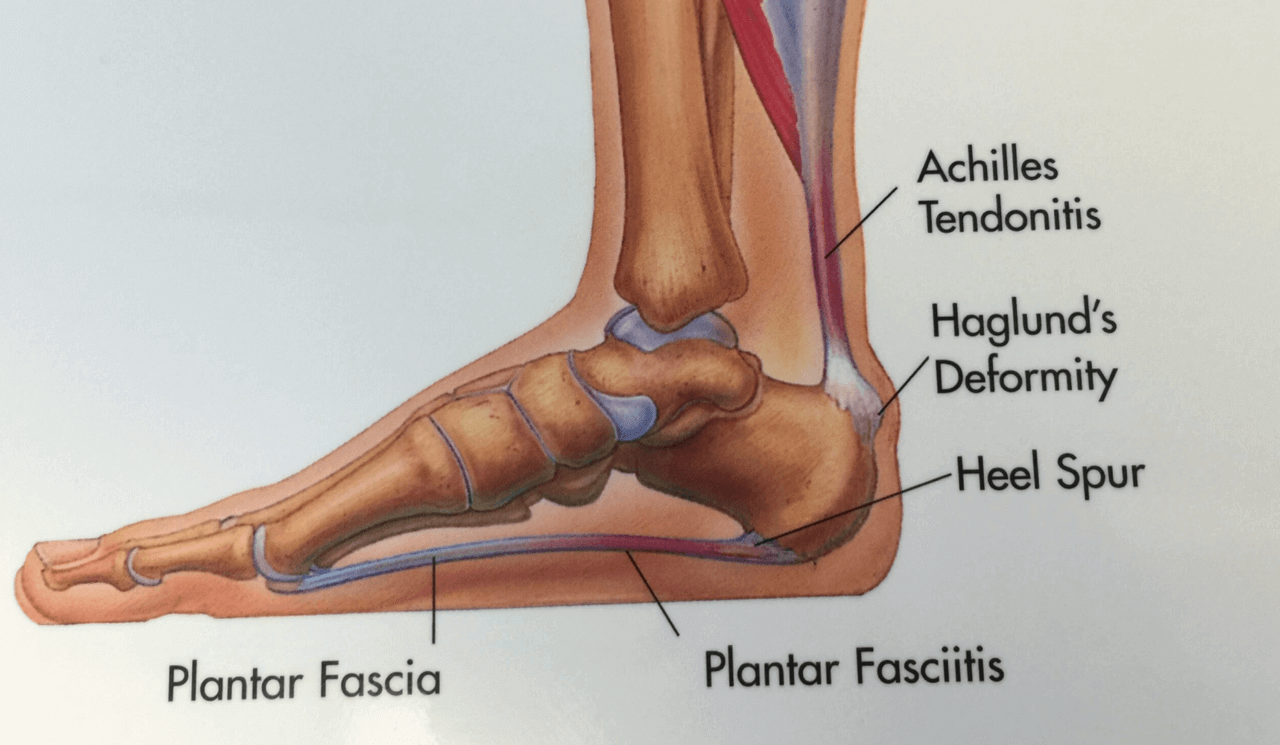
Greg Olsen, a tight end recently signed with the Seattle Seahawks, is recovering from his torn fascia. Many of you know him as a great tight and with a long story career. He has been on injured reserved for his torn fascia. Tearing of the fascia can be extremely painful event as you can see with his original injury he was carted off the field. Most people will feel a pop in their foot and had instant pain.
Some people called a burning or searing type pain. He can take quite a long time to recover from a torn fascia and anytime you hear popping or tearing it is recommended he seek help from a physician. Has been amazing to see Greg’s progress with this torn fashion has returned activities. Often times this can be a long arduous recovery however most people will make a full recovery. Being a professional athlete does have some advantages as far as modalities available for recovery and treatment. If you are suffering from plantar fasciitis especially long term plantar fasciitis and can lead to a torn fascia. Do not let this happen to you. please contact Issaquah Foot and Ankle Specialists today, and we'll be more than happy to help you.
Give us a call at 425-391-8666 or make an appointment online today.
Dr. Timothy Young Talks About Prescriptions and Post Procedure Pain Medication
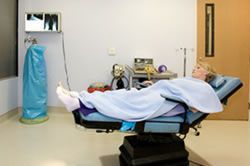
Make sure to get your prescriptions well before bunion surgery, so that they are filled, and you are ready to go. Make sure that you have everything that you need. This can range from narcotic pain medication to something to help for nausea that often accompanies the narcotic pain medication and then you might need antibiotics. If you have antibiotic's we do recommend that you take a probiotic also.
Regarding narcotic pain medication and bunion pain relief, it’s a good idea to consider promethazine or even Benadryl. Nausea with narcotics is common and it is best to have a plan to make sure that you can address nausea or be proactive, so it never happens! Medications such as promethazine and can help with nausea. Promethazine can also make a narcotic medication more effective at pain control. Promethazine can cause respiratory depression and it is important to follow your medical advice. We have lowered our dose of Promethazine from 25mg to 12.5 mg to help address concerns with respiratory depression. There are other medications such as Zofran that also help with nausea. Zofran is great because there is an "under the tounge" form that is great if you are already nauseated and cannot keep food down. That beats a suppository! Be aware that many people who take any kind of narcotic such as Vicodin or Percocet often get nausea. You should take promethazine with food and wait 10 or 15 minutes before you take your narcotic pain medication. It can be easy to lose track of what medications that you have taken and when you have taken them. It’s a good idea to keep a medication log so you can keep track of the pain medication also and make sure that you’re taking them on time with the correct schedule.
If you have questions about hallux valgus bunion surgery or bunion correction, please let us know if you would like a consultation. Give us a call today at 425-391-8666 or make an appointment online.
Dr. Young Talks About Using a Scooter After Surgery
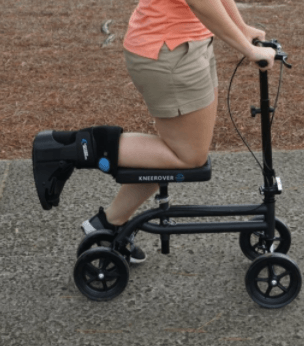
If you need to keep off your foot after surgery, then you can do this one of several ways. A scooter can be a very good option. If you have to use a scooter then you can plan on that ahead of time also. There are different ways of getting a scooter. One would be to use a medical supply company that could deliver it and possibly your insurance would pay for it. Many times our patients will look on craigslist, offer up or next-door and either buy a used one or in some cases they can just borrow one on a site such as next-door.
Either way make sure that you practice with the scooter, and make sure it is going to work in your situation. For example you may want to make sure that you’re on the main floor of your house where are use your scooter. Also, make sure that you have a plan to get up and down the stairs to you Your house. So you might need to use crutches for the house, and then keep the scooter in the car. You need to come up with a plan how to do this. Remember, it is easier to get your scooter before surgery and go through scenerios of where and how you are going to use it. When you’re done with the scooter you may be able to simply list it on craigslist or offer up or next-door and be done with it.
If you are experiencing foot or ankle pain, give us a call today at 425-391-8666 or make an appointment online.
Dr. Timothy Young Talks About Using Crutches After Foot Surgery
It may be helpful to have your house set up for easy navigation and getting around.
For example, if you’ve got crutches a scooter or a walker, then practice ahead of time and make sure it will all work in your location. If you’ve got a couch downstairs and you don’t want to go up and down your stairs you may want to plan on setting up some type of a bed on your couch on the main floor. If you have to go up and down the stairs, some of our patients will go up and down on their "rear-end" so that they don’t have to try and balance with crutches.
We like to go over these details and more at your "preop" appointment.
We are happy to further discuss in person, if you would like to see myself Dr. Timothy Young or my partner Dr. Brandon Nelson. Give us a call at 425-391-8666 or make an appointment online.
Dr. Timothy Young Talks About How To Prepare For Foot Surgery
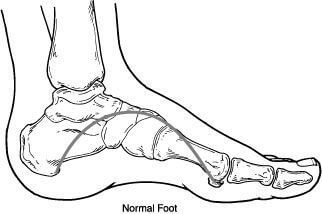
There’s several different things to think about in preparation for upcoming foot surgery.
It is important to think about these things before hand and to plan ahead of time.
There will be things to do to your surgical site to help make sure things heal correctly. For example, you can get a shower protective sleeve to go over your foot and calf.
When you have a bath or shower it will help to have a plastic chair outside of the shower.
And a plastic chair inside of the shower. I recommend using a hand held shower head that has a long flexible hose. These are about $20 at Home Depot and very easy to install. This way you can be sitting in the shower and not worrying about having to keep your balance. Also having the plastic chair inside the shower gives you a place to sit while use that hand held shower head and hose. Once you’re done you then have a plastic chair outside of where you can dry off and again not be sitting there balancing yourself. Note that it can be very hard to get in and out of a bathtub, the shower may be best (at least initially).
If you are experiencing foot or ankle pain, please give us a call at 425-391-8666 or make an appointment online.
Dr. Brandon Nelson Discusses Other Causes of Heel Pain
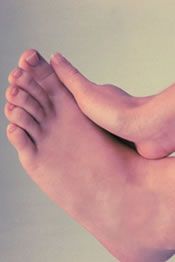
One of the most common patient complaints to a foot and ankle physician is heel pain. It is important for patients to understand there are many other causes of heel pain and we will review some of those today. A short list of these would include lumbosacral radiculopathy, plantar fascial rupture, tarsal tunnel syndrome, Baxter’s nerve entrapment and fat pad atrophy.
Lumbosacral radiculopathy:
The most common cause of back pain leading to heel pain is nerve entrapment around L4-S1 vertebral level. Most patients will have a history of back pain or heel pain that manifests. It is important to consider an MRI of back for this or any EMG NCV which are nerve conduction studies. Often times physical therapy for nerve medication can help control the symptoms.
Plantar fascial rupture:
Ruptures of the plantar fascia are relatively uncommon, but can occur for patients that have had ongoing heel pain. The majority of patients that we see rupture their fascia have had some sort of high impact activity like football players or long distance runners. Diagnosis of the rupture often includes an MRI treatment can depend on the varying degree of the rupture in the site of the rupture. There many options for plantar fascial rupture including repair.
Tarsal tunnel syndrome:
Tarsal tunnel syndrome is a nerve entrapment that is similar to carpal tunnel. Usually involves the posterior tibial nerve and branches that wrap around the heel. Many patients will describe burning or tingling in predispositions, this include patients with diabetes or a flatfoot. Often times an MRI or nerve conduction study is needed to verify this. Treatment often can require steroid injections or decompression of the nerve.
Baxter’s nerve entrapment:
This is a common condition that a lot of physicians will not recognize as this is a tough diagnosis. This can be undiagnosed or underdiagnosed relatively easily. This often times can be confused a tarsal tunnel syndrome as well. One of the key diagnostic indicators for this is inability to move your fifth digit. Again often times advanced imaging is utilized and a steroid injection and sometimes decompression the nerve is required.
Fat pad atrophy:
Fat pad atrophy is typically seen in older or obese patients. The majority us have a nice cushion on the bottom of the heel to help with shock and provide support. Often times there are thinning in other areas of the foot that can be identified help clue physicians in. This usually can be solid with a prescription orthotic and a rocker-bottom soft tissue.
If you have heel pain, call Issaquah Foot and Ankle Specialists today at 425-391-8666 or make an appointment online.




